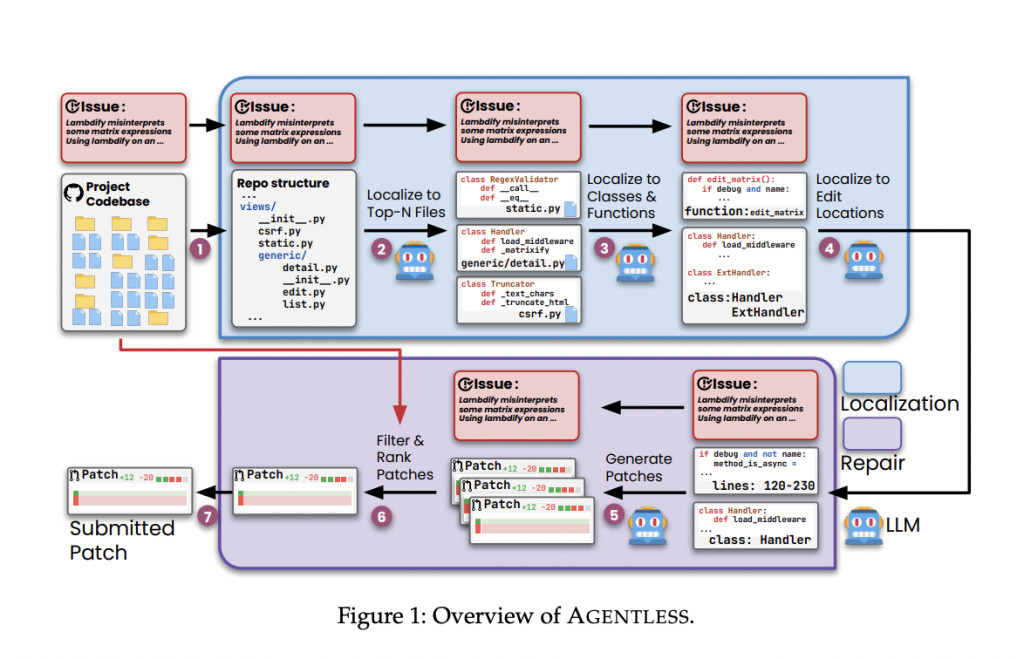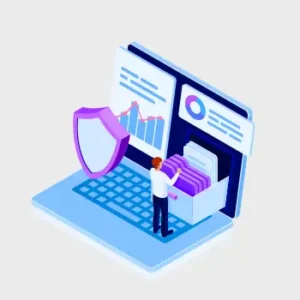Software engineering is a dynamic field focused on the systematic design, development, testing, and maintenance of software systems. This encompasses tasks like code synthesis, program repair, and test generation. Recently, advancements in large language models (LLMs) have revolutionized these processes, enabling more sophisticated automation of software development tasks. The increasing capabilities of LLMs have led to their widespread adoption in various software engineering tasks, offering new efficiencies and capabilities previously unattainable through traditional methods.
A significant challenge has emerged in the context of automating software engineering tasks. The complexity and cost of using autonomous LLM-based agents to perform these tasks have become apparent. These agents are designed to independently use tools, execute commands, and plan actions based on environmental feedback. However, the intricate nature of tool usage and the decision-making limitations of current LLMs often result in performance inefficiencies and increased operational costs. Addressing these issues is crucial for advancing the field and making LLM-based automation more practical and accessible.
Current methods for tackling software engineering problems predominantly involve autonomous LLM agents. These agents, equipped with various tools and capabilities, attempt to iteratively solve problems by performing actions, observing feedback, and planning subsequent steps. While this approach mirrors the iterative nature of human problem-solving, it also inherits several limitations. The need for complex tool design and usage can lead to errors and imprecise results. Moreover, the decision-making process delegated to these agents can result in suboptimal actions, especially when the agents need to filter out irrelevant or misleading information.
To address these challenges, researchers from the University of Illinois Urbana-Champaign introduced AGENTLESS, an innovative agentless approach aimed at simplifying the resolution of software development problems. AGENTLESS departs from the conventional reliance on autonomous agents, opting for a streamlined two-phase process of localization and repair. This method eliminates the need for LLMs to make autonomous decisions or use complex tools, focusing on a more straightforward and interpretable approach.
AGENTLESS operates through a meticulous two-phase process. It identifies specific files, classes, functions, and code lines requiring modification during the localization phase. This hierarchical approach transforms the project codebase into a tree-like structure to pinpoint suspicious files. Subsequently, it narrows to relevant classes and functions within these files before finalizing specific edit locations. This method significantly reduces the complexity and amount of code that needs to be analyzed, making the process more efficient.
AGENTLESS generates multiple candidate patches for the identified edit locations in the repair phase. Using a simple diff format creates search/replace edits to fix the issue. These patches undergo filtering to remove those with syntax errors or failed regression tests. The remaining patches are then ranked using majority voting, and the top-ranked patch is selected for submission. This method leverages the capabilities of LLMs without requiring them to autonomously plan future actions or use complex tools, thus maintaining simplicity and cost-effectiveness.
The performance of AGENTLESS was evaluated using the SWE-bench Lite benchmark, a widely recognized standard for testing the ability to solve real-world software engineering issues. AGENTLESS achieved remarkable results, resolving 82 out of 300 problems, which translates to a performance rate of 27.33%. It accomplished this with the lowest average cost of $0.34 per problem, significantly lower than other methods. This performance is attributed to the method’s ability to efficiently localize edit locations and generate effective patches while avoiding the complexities associated with autonomous agents.
Furthermore, AGENTLESS demonstrated its capability to solve unique issues that other open-source agents could not address. It provided solutions to 15 unique problems, highlighting the effectiveness of its simple, interpretable approach. Even when compared with high-performing commercial solutions, AGENTLESS offered unique fixes, demonstrating its potential as a complementary tool in the landscape of software development automation.
In conclusion, AGENTLESS presents a compelling alternative to complex autonomous LLM-based agents in software engineering. Focusing on a simplified, two-phase process of localization and repair addresses the inherent challenges of tool usage and decision-making in current methods. The research from the University of Illinois Urbana-Champaign underscores the potential of this approach to reset the baseline and inspire future work in the crucial direction of autonomous software development. This innovation paves the way for more accessible, efficient, and cost-effective solutions in the evolving field of software engineering.
Check out the Paper. All credit for this research goes to the researchers of this project. Also, don’t forget to follow us on Twitter.Â
Join our Telegram Channel and LinkedIn Group.
If you like our work, you will love our newsletter..
Don’t Forget to join our 46k+ ML SubReddit
The post Agentless: An Agentless AI Approach to Automatically Solve Software Development Problems appeared first on MarkTechPost.
Source: Read MoreÂ



